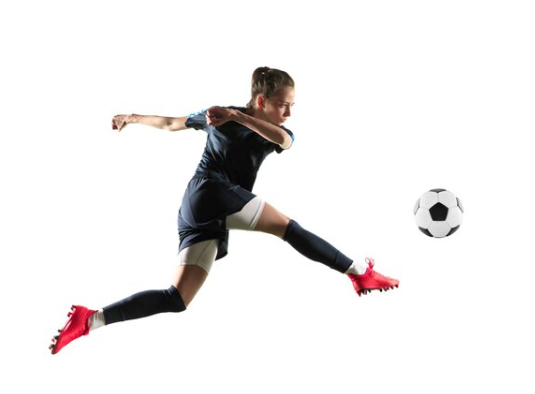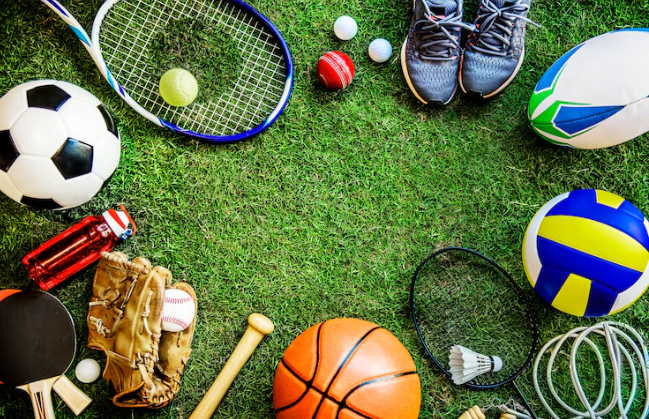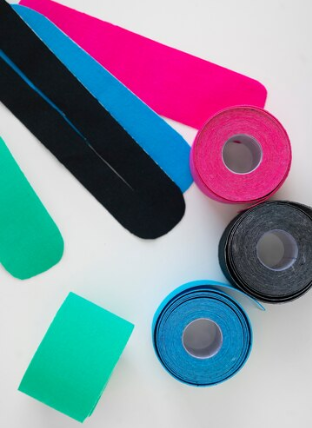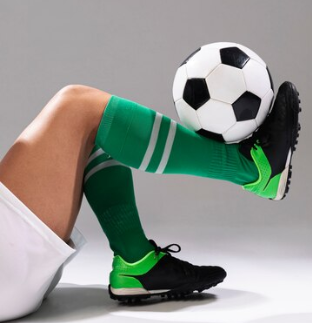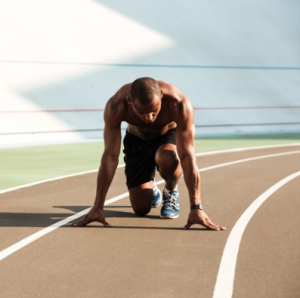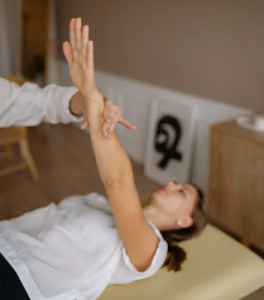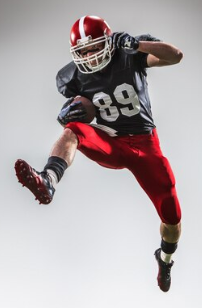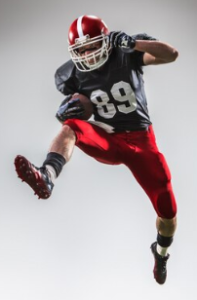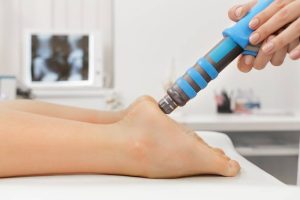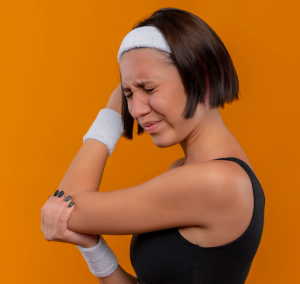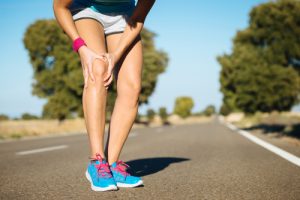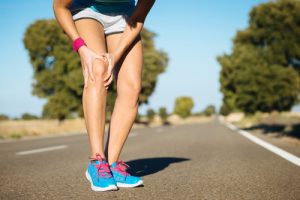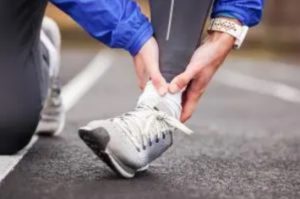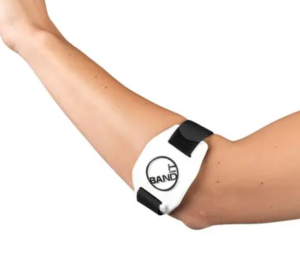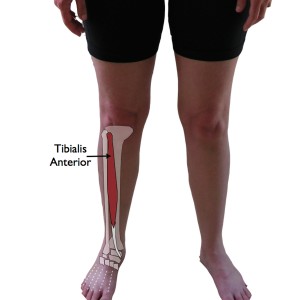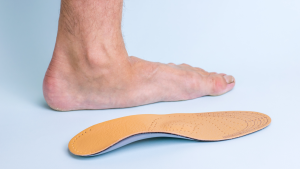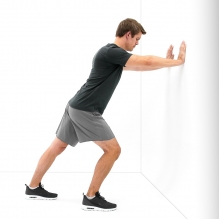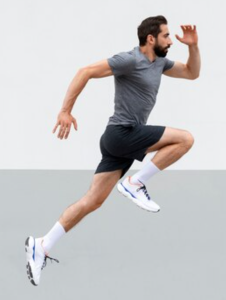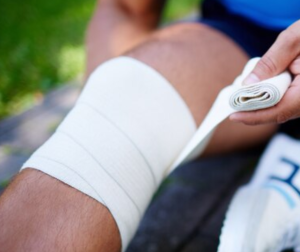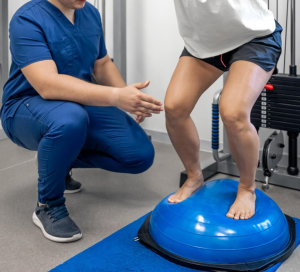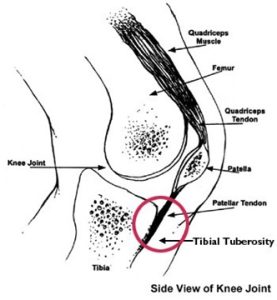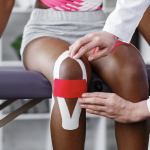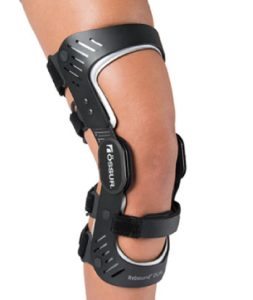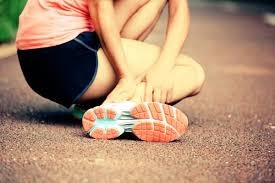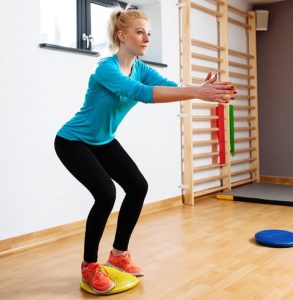Hamstring strains are a common injury among young athletes, particularly in sports that involve sprinting, jumping, or sudden changes in direction. Importantly, the hamstrings, a group of muscles located at the back of the thigh, play a crucial role in movement and stability. When these muscles are overstretched or torn, it can lead to pain and functional impairment, impacting a child’s ability to participate in sports and other activities.
Causes of Hamstring Strains in Young Athletes
Hamstring strains are usually a result of an injury at a particular moment in time. It can be a fall, or an awkward movement that causes excessive stress and/or overstretching in the muscle. As a result, you get a strain or tears in the muscle fibres. Several factors contribute to the risk of hamstring strains in children:
- Overuse and repetitive stress: Young athletes often push themselves during practices and games. Consequently, overtraining without adequate recovery can lead to muscle fatigue which increases the likelihood of injury
- Insufficient conditioning: Many kids may not engage in structured strength training or flexibility exercises, making them more vulnerable to strains. A strong, well-conditioned muscle is less likely to be injured
- Poor technique: Inexperienced young athletes might have proper form for their sport’s movements which can place excessive strain on the hamstrings. Thus, teaching proper techniques from an early age is essential for long term injury prevention
- Fatigue: As children tire during a game or practice, their muscles can become less coordinated and more susceptible to injury. Fatigue can reduce a child’s awareness of their body, leading to poor movement choices
- Previous Injuries: A history of hamstring injuries can predispose young athletes to future strains due to weakened muscles or improper rehabilitation
Symptoms of Hamstring Strain
Recognizing the symptoms of a hamstring strain is crucial in order to treat it as soon as possible:
- Sudden pain: Often described as a sharp pain at the back of the thigh, occurring during activity
- Swelling or bruising: Visible swelling or discoloration may develop in the affected area, depending on the severity of the strain. Additionally, it may travel farther up or down the leg than the area of pain
- Limited range of motion: They may struggle to fully extend or flex the knee due to pain and stiffness
- Weakness: Difficulty running, jumping, or performing activities that require the leg to straighten. In severe cases, you may have trouble putting weight on the leg or walking
Treatment Strategies
When a hamstring strain occurs, prompt treatment is the key to quick recovery:
- Rest: The injured athlete should avoid activities that cause pain. Depending on the severity, rest is usually for a couple days but the modification or avoidance of sports and physical activity may last longer
- Ice: Initially, for the first couple of days post-injury. Applying ice packs to the injured area for 15-20 minutes every few hours can help reduce swelling and numb pain
- Compression: Using an elastic bandage or compression wrap can minimize swelling and provide support
- Elevation: Keeping the leg elevated above heart level can help reduce swelling
- Physical therapy: Once the initial pain subsides, physical therapy may be beneficial. A physical therapist can design a rehabilitation program that includes strengthening and stretching exercises tailored to the child’s needs.
- Gradual return to activity: Physical Therapists can also assist with return to sport planning and decide when and how much is appropriate. Athletes should ease back into their sports gradually, starting with light activities before progressing to more demanding exercises and games.
Prevention Strategies
Preventing hamstring strains is vital for young athletes. Implementing the following strategies can significantly reduce the risk:
- Proper warm-Up: Encourage kids to engage in a thorough warm-up that includes dynamic stretches and light aerobic activity before practices or games
- Strength training: Incorporating strength exercises focused on the hamstrings, quadriceps, and core can help improve overall muscle balance and stability
- Flexibility exercises: Regular stretching routines can enhance flexibility, making muscles less prone to injury. Static stretching should be included in the cool-down phase after activity
- Education on technique: Coaches should emphasize proper running and jumping techniques to reduce undue strain on the hamstrings
- Adequate rest and recovery: Ensure that young athletes have sufficient recovery time between practices and games to allow their muscles to repair and strengthen
When to Seek Medical Attention
If a child experiences severe pain, significant swelling, or if symptoms do not improve with home treatment, it is important to consult a healthcare professional. A doctor may recommend imaging tests, such as an Ultrasound or X-Ray to assess the extent of the injury and develop a comprehensive treatment plan.
Hamstring strains can pose significant challenges for young athletes, affecting their performance and enjoyment of sports. If you or your child are experiencing a hamstring strain or any other kind of sports injury, look for PhysioNow. With 10 locations across the GTA, our Registered Physiotherapists are ready to assist you in getting healthy again! Book with PhysioNow today for your first assessment and treatment.
Photos by FreePik
